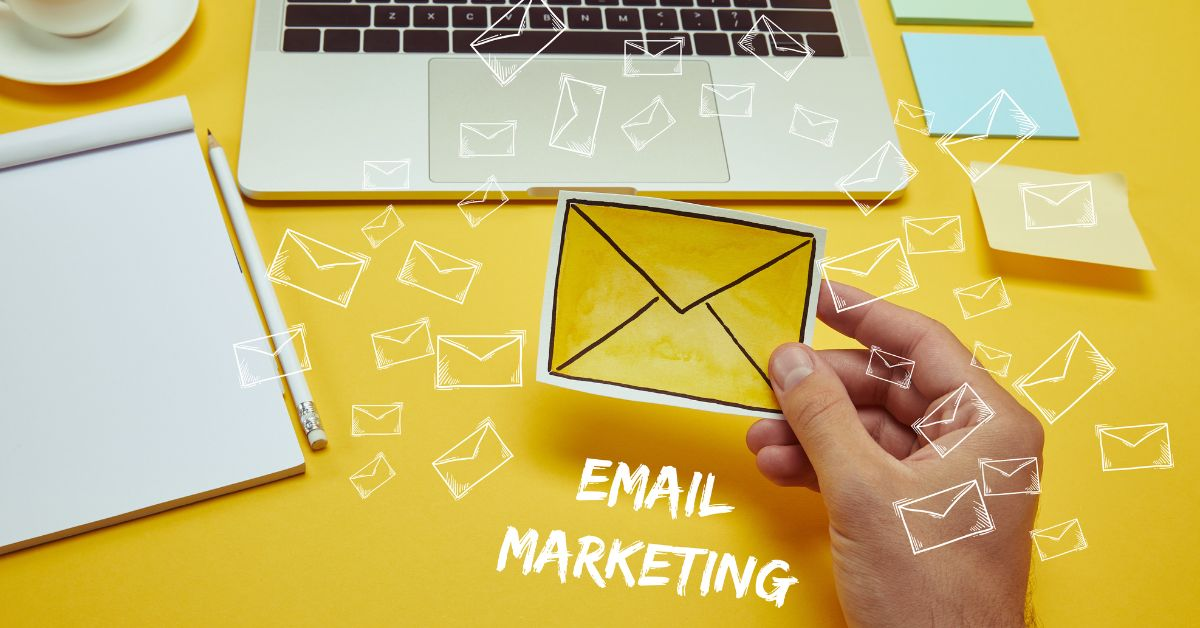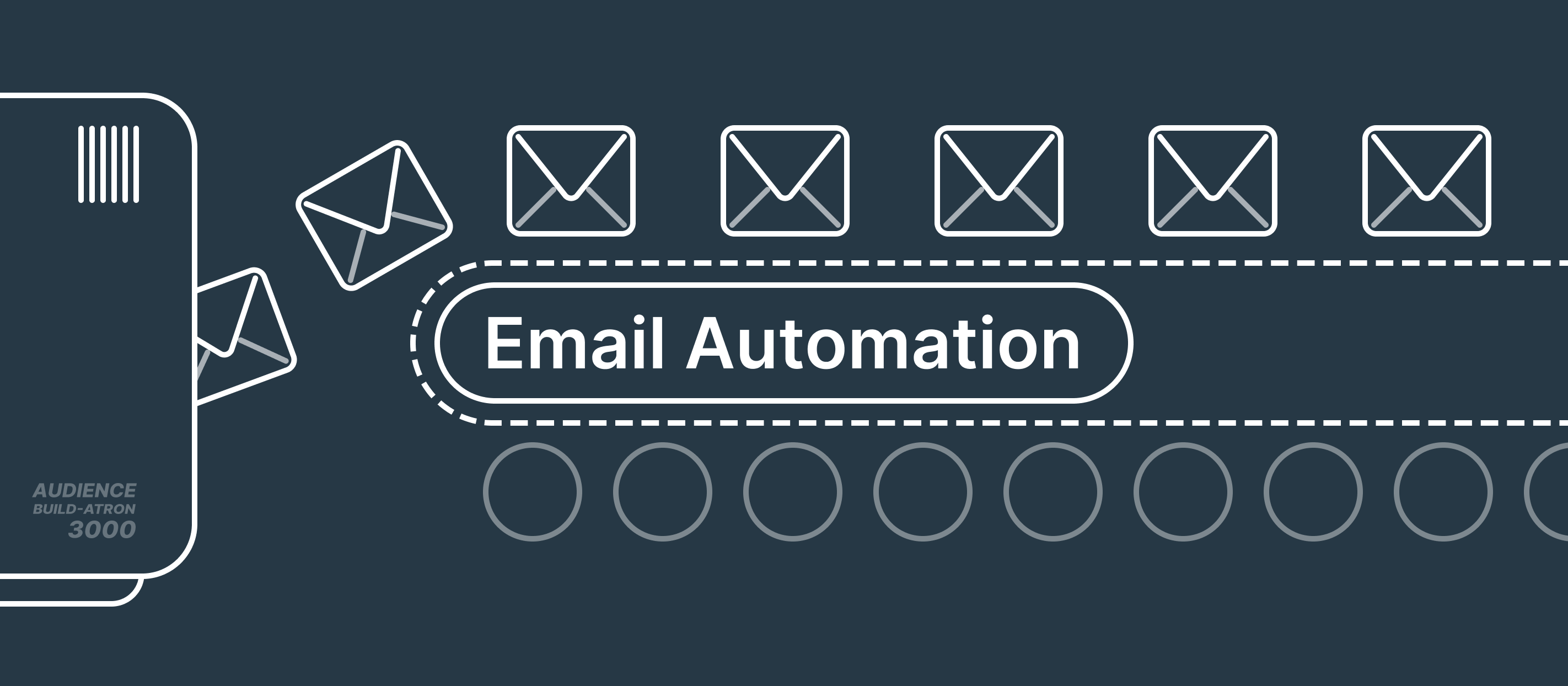The Email Marketing Mindset Shift: From Broadcasts to Systems
Stop sending emails. Start building systems.
Most email marketers are stuck in send-and-pray mode. They send newsletters, launch campaigns, maybe A/B test a subject line — and wait.
But the best email marketers? They don’t think in blasts.
They think in systems.
That single mindset shift — from broadcasting to systemizing — can unlock massive growth, better retention, and repeatable revenue.
Let’s break it down.
Why Broadcast-Only Email Fails
Most brands treat email like a loudspeaker:
- Send a campaign
- Watch open/click rates
- Start again next week
This model works okay at small scale. But as your audience grows, you end up:
- Burning out your list with irrelevant sends
- Missing opportunities to personalize
- Reinventing the wheel with every campaign
📉 You lose momentum because there’s no compounding effect.
What a System-First Email Strategy Looks Like
Great email marketers think in flows, not just blasts.
They build modular, evergreen, behavior-based systems that do the heavy lifting — even while they sleep.
Here's a simple blueprint to shift into system-first mode:
1. Map Your Lifecycle
Understand your audience journey and match emails to milestones:
- Welcome → Build trust
- Education → Nurture value
- Conversion → Drive action
- Retention → Reinforce usage
- Winback → Recover churn
➡️ Pro Tip: Use tools like MailGlider to start from lifecycle-specific templates so you’re not writing from scratch.
2. Automate Based on Behavior
Replace generic campaigns with trigger-based flows:
- Signed up but didn’t activate? Send onboarding tips.
- Viewed product but didn’t purchase? Send use cases or discounts.
- Bought once? Offer a complementary product 3 days later.
These are your silent sellers — and they work 24/7.
3. Use Modular Email Blocks
Instead of designing every email from scratch, create a block system:
- Hero + CTA
- Testimonial row
- Product highlight
- FAQ or social proof
Now you can swap in and out like LEGO pieces. MailGlider’s visual editor lets you do this without touching a line of code.
4. Let Data Drive the Refinement
Don’t obsess over vanity metrics like open rates alone.
Focus on:
- Time-to-first-conversion
- Flow dropout points
- CLTV per email segment
- Revenue per subscriber
Use insights to optimize the system, not just the send.
Real-World Example: A SaaS Welcome Flow
Let’s say you’re running a B2B SaaS product:
Old way:
One welcome email. Maybe a newsletter every 2 weeks. Low activation.
System-first way:
- Email 1: Welcome + value pitch
- Email 2: Case study based on their industry
- Email 3: “Get started in 3 steps” checklist
- Email 4: FOMO-powered social proof
- Email 5: Feature highlight tailored to signup source
- Email 6: Feedback or calendar link if no engagement
All automated. All built once. Tweaked over time.
How to Start (Without Overhauling Everything)
You don’t need a full-blown marketing ops team to build this. Start small:
- Turn your top-performing campaign into an automated flow
- Build one reusable template layout with content blocks
- Segment users by just one variable: behavior or interest
- Review every email and ask: “Is this part of a system or a one-off?”
Even 2–3 of these changes can compound over time.
Final Thoughts: Email is a Channel. Systems Create Momentum.
If you're treating email as a loudspeaker, you'll forever chase short-term spikes.
But if you build a system — one that's modular, automated, and informed by behavior — email becomes your most efficient growth engine.



